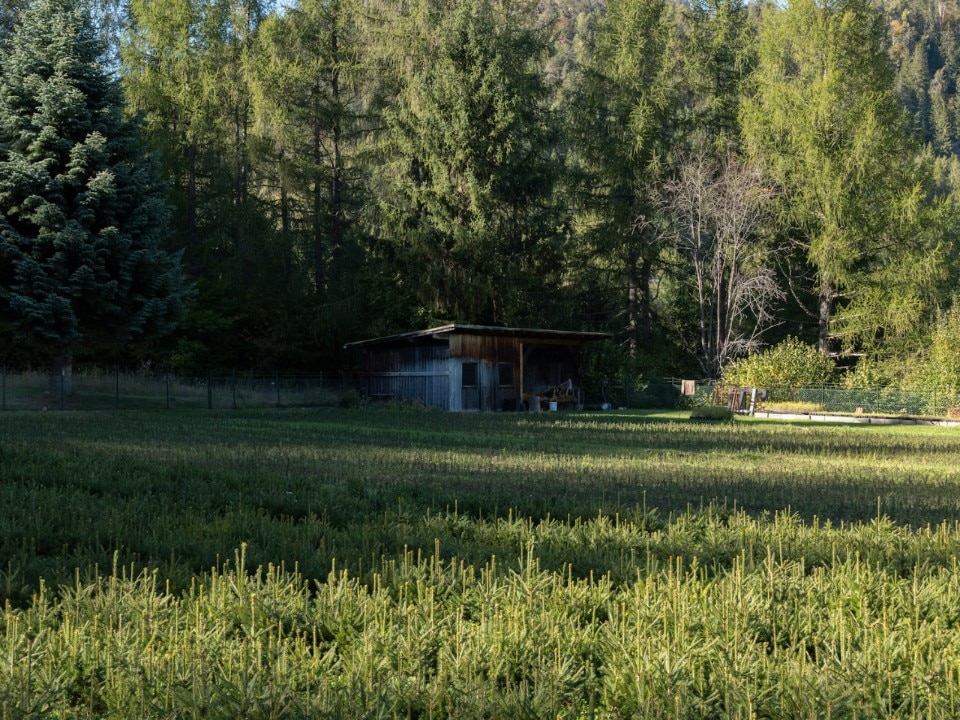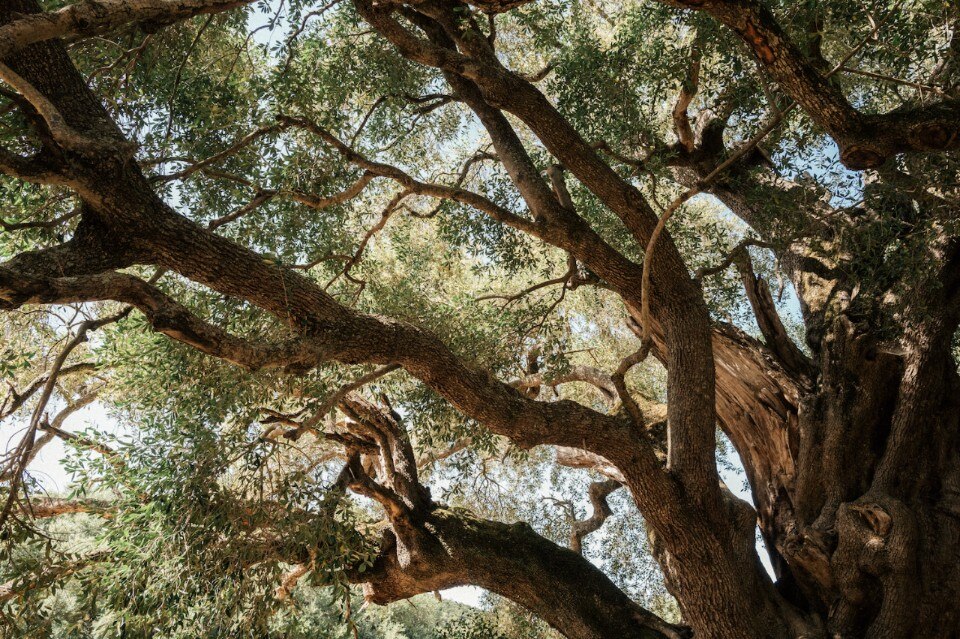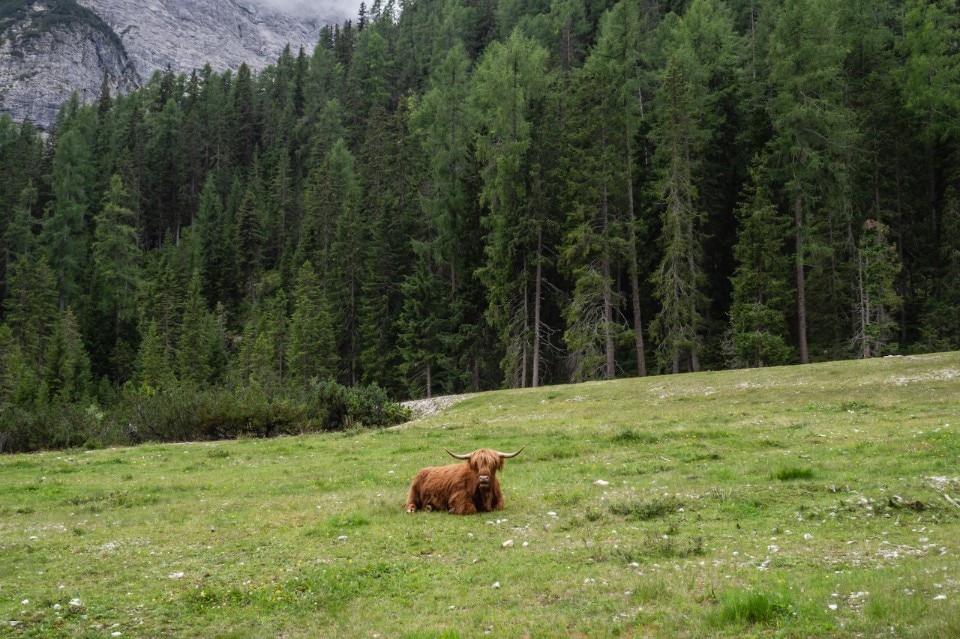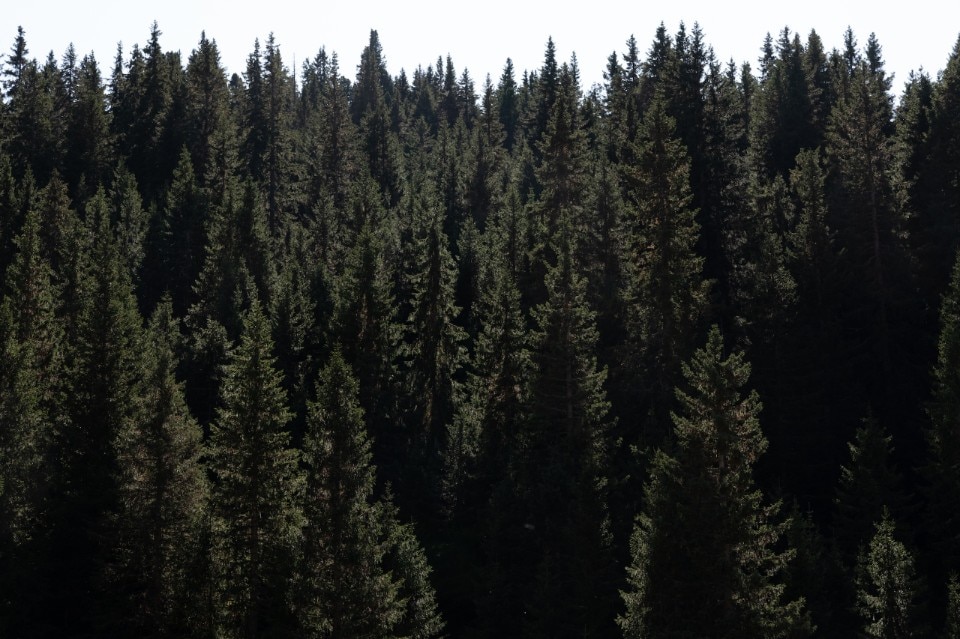As we know, forests grow without making any noise. Perhaps, however, we did not think they could grow so much and so quietly: since 1936, the Italian forest heritage has almost doubled in size, and about a third of the peninsula is now covered in woods. This is good news, especially in times of climate change, but at the same time, it is an enormous responsibility for the entire Country System, since climate change itself not only challenges the forest ecosystem but also risks destroying it (and those who live next to it – us) more than ever. This is the starting point of Ferdinando Cotugno’s Italian Wood (Mondadori, 2020), which aims at helping us discover the hidden forests of Italy.

In Italian wood, you talk about the impressive transformation of the Italian forest heritage. How did it happen?
It was a huge and yet invisible transformation because it followed the pace of the plants, which is a fairly slow pace, a pace that you can’t see in the course of a government or a legislature. Anyway, since 1936, Italian forests have doubled in size. There is a map of the Kingdom of Italy showing that, in 1936, there were more or less 6 million hectares of forests. Today there are about 11.
In 1936, Italy was different – few industries, a lot of agriculture.
That’s right, only eighty years ago Italy was above all an agricultural country, and, in terms of population, there were 30 million of us, while today there are 60. And most importantly, we were scattered all over the country. The whole area was being cultivated or exploited in some way because each piece of land made a world of a difference: it allowed you to survive the winter. So, everything was needed. Slowly, as Italy changed and stopped being an agricultural country, a huge part of the country was left to itself, abandoned. And the forest took it back, without asking anyone’s permission.

Why did we deforest more in the past?
We simply needed the land, for cultivating or grazing. If you look at the pictures of the valley of the Alps or Prealps during the 50s and 60s, and compare them with those of today, you can see the difference. Now they are all covered in woods: everything that once was land, terraces, dry stone walls, pastures, today has been replaced by woods.
With this ongoing pandemic, environmentalism has somewhat disappeared from the mainstream. However, before Covid 19, I remember that “planting trees” had become almost a trend, even for companies. But was it – and is it – a trend somewhat useful for the environment, or not?
It is a useful thing, because forests capture a huge amount of carbon dioxide, and this is fundamental, especially in urban environments. Even now, there are many projects – and there’s also a lot of greenwashing involved, of course – where companies can plant trees in urban environments. However, in the Italian natural environment, the problem is not planting more trees: the trees are still growing, and every year the Italian forest heritage increases by 60,000 hectares.
It is wonderful - we don’t need to do anything.
Absolutely anything. But the problem with the forests is that they must be managed and maintained. In Italy, it is not the primary forests that grow, but rather the forests in anthropized environments. These are forests growing in an environment that once was anthropic, so we are not talking about the primary forests of North America or the Amazon forest. Spontaneous reforestation is an absolutely positive thing, but it must be looked after. However, in Italy, this has never been properly managed, and so Italy has become a great forestry country without knowing it, and the forest heritage develops fundamentally on its own. First of all, however, forest heritage is a responsibility: being a country where forests cover 39% of the territory means having to manage these forests. And everything that comes with it, such as hydrogeological or fire hazards, for example.
In Italy we also have the huge problem of soil consumption: how does it relate to what you’re telling?
One thing they told me about the recent floods in Piedmont, Liguria, and Val d'Aosta, is that the problem in those areas – where there are high hills and mountains – is not so much soil consumption, which is a problem that rather involves the valley. On high hills or mountains, the problem is the woods. When you don’t take care of the woods properly, the ground absorbs water less efficiently. As a consequence, the waters stats running off into trees and streams. And that’s what causes flooding.

The flood and also its opposite – is an unmanaged forest no longer at fire risk?
An unmanaged forest – and that’s what we’ve seen happen in California – is a highly flammable forest, because there are all the basic conditions to spark off a fire. A managed forest, on the other hand, is a forest where there are, for example, forest paths. They are useful because fires are difficult to put out from above since water evaporates before reaching the fire. But if you do not have forest paths because the spontaneous forest is very dense and impenetrable, it becomes a forest where you will never be able to put out a fire. One of the issues is that an area left to itself is dangerous for people. In Italy – a very anthropized country – even more so.
Earlier, you mentioned what happened in California. Could this happen in Italy, too?
It can happen here in Italy too, of course, because it happens cyclically: there are worse years and better years, but we also have a huge fire problem. And climate change has long been part of that problem.
How does climate change damage our forests today?
It’s little things, apparently: the tree line, for example, has risen two hundred meters above sea level in just a few years. This is not good. And there are parasites, like the auger beetles for example, which attack the plants, making them dry out quickly. In the Czech Republic and north-eastern Italy, it is a disaster. The forests are attacked by this parasite and it is like a pandemic, it quickly infects all the trees, and it particularly affects the plants stressed by the heat, drying them out.
Plants that are obviously stressed by climate change.
And this is also linked to fires: the undergrowth becomes drier, and being drier, with higher temperatures, fires are easier to break out. Often, it’s arson, or fires caused by lightning, but when there is “the fire event” the forest is much more vulnerable than before.
Speaking of climate change, I wanted to ask you about the Vaia Storm: perhaps not many remember the name, but many people may remember the fir trees “falling down like toothpicks” in 2018.
The Vaia Storm was probably the biggest episode of climate change that there has ever been in Italy so far, and that’s when the attention was brought back to the Italian woods. It was the moment when we saw millions of cubic meters of trees fall down: in half an hour fell all the trees that we’d normally harvest in ten years. A lot of fir trees and larches fell down because they can’t withstand such strong winds: during the storm, winds have blown as strong as 200 km/h and a fir tree can’t withstand more than 110 km/h. It was a wind that had never hit them, a wind that was coming from the south.

Why is the Vaia Storm a great example of the practical effects of climate change?
The strong sirocco wind coming from the Adriatic Sea shouldn’t have been blowing so strongly there. But now, both the Adriatic and the Mediterranean Sea – which have become 1.3° C warmer – are huge reservoirs of energy, and can generate very powerful winds, which move rapidly northward and reach the valleys with a south-north orientation. In fact, the valleys that were a bit “crooked” compared to the Sirocco winds were spared, while those who were fully hit by the winds were taken with the fury of a demon from a Miyazaki movie. It was a warning of how extreme events will be more and more frequent, and how more events like these await us in the future. And how this resource, the woods, once scarred, will never recover.
Is there some kind of organization in Italy?
No, the greatest problem in Italy when it comes to forest heritage is a technical problem. It is the kind of technical problem that you realize when an extreme event happens. Like the health care system during the pandemic, forest management is also managed on a regional basis, so we have twenty-one forest management policies. Some are virtuous, of course – like the autonomous province of Trento – but it has always been difficult to create a national forest heritage management plan. There are many regions in the south where forest management is a disaster: and often it is one of the great reservoirs of political consensus.
All the pictures courtesy of Pietro Baroni.


